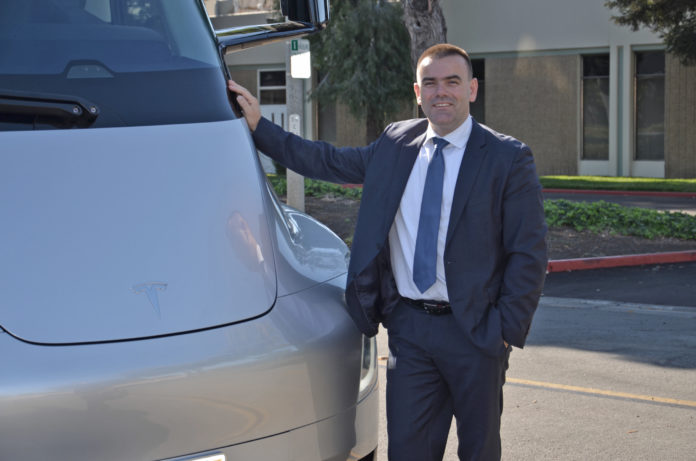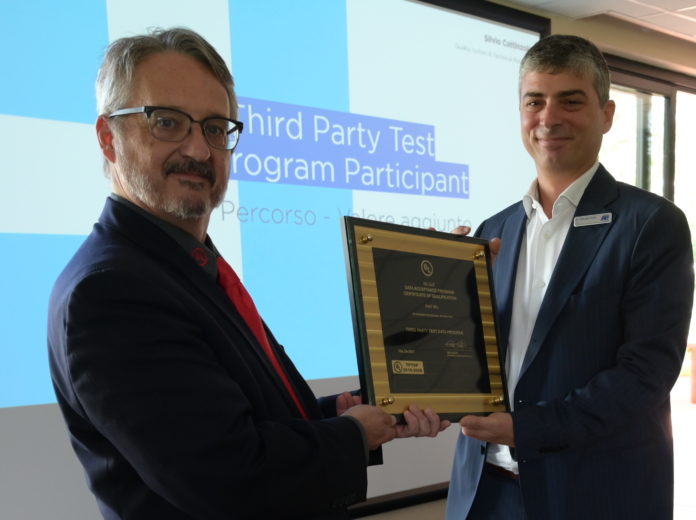One of the outstanding challenges in the electric mobility sector is the recycling of the lithium-ion batteries that power the motors of Ev and hybrid cars. In this scenario, Pioneer project, stemmed from the collaboration between Enel X and Rome Airports, establishes that the worn-out batteries of electric cars will be still used in the storage system of the photovoltaic plant in Fiumicino airport.
It is a 30 MW solar park, which will be accomplished by 2024, whose 10 MWh storage system will be used to absorb the excess of energy produced by the plant and to satisfy the eventual evening peaks of the airport’s energy demand. «For the first time – affirmed Francesco Venturini, managing director of Enel X – a large industrial site like Airport of Fiumicino will avail itself of an energy storage system that will use second life batteries coming from electric cars. We will exploit an innovative modular design to optimize integration costs and to make the use of batteries of automotive derivation flexible».
The combination of this accumulation system with the photovoltaic plant will bring benefits to the whole electric mobility chain, sharing in extending batteries’ service life, according to circular economy principles that allow further reducing batteries’ carbon dioxide footprint with the same storage capacity, due to their bigger use.
Battery EV second life
Silicon carbide chips, Bosch direction
After a development lasted several years, Bosch is starting the mass-production of silicon carbide power semiconductors (SiC).
Small, powerful and extremely efficient, chips will be increasingly used in new vehicles. Bosch, in fact, will supply silicon carbide power semiconductors to customers worldwide, both under the form of single chips and mounted in power electronics or complete solutions such as eAxle. Designed to be efficient, the overall system formed by electric motor, gearbox and power electronics allows obtaining a maximum 96% efficiency degree.
Harald Kröger, member of the Board, stated: «Concerning silicon carbide semiconductors, a bright future is looming. We aim at becoming world leaders in the mass production of these indispensable components for electric mobility».
To supply on a large scale SiC chips, Bosch has developed its own highly complex manufacturing process.
The demand for powerful silicon carbide semiconductors is rising worldwide. The market research and consulting company Yole estimates that every year the entire SiC market will score an average 30% growth until 2025, reaching 2.5 billion dollars. Let us go more into technical details: the secret of the performances of SiC chips is a tiny carbon atom that is integrated into the high-purity silicon crystalline structure, generally used for the production of semiconductors, conferring particular physical features to the matter.
Cylinders and suspensions: the choice of Ferrari Purosangue
TrueActive™ Spool Valve (TASV) technology by Multimatic comes into play by revolutionizing the role of shock absorbers, transforming a passive suspension into a completely active system.
Multimatic TASV shock absorber is pioneer to integrate a unique liquid cooled 48V three-phase brushless electric motor to deliver supplemental force through a bespoke twin-lead ball screw and gearbox assembly into the damper shaft and to the vehicle.
Each actuator group of the TASV shock absorber receives direct controls from a controller of the vehicle dynamics that constantly optimizes the vehicle’s performances and passengers’ drive comfort, far beyond what is possible with adaptive and semi-adaptive suspensions.
Alessandro Formenti, CEO at Vega Cylinders Company commented, complimenting on the choice of Ferrari Purosangue: “Imagine to drive your car without perceiving how you are moving. No longer feeling motor accelerations or pitching when cornering. It seems unbelievable, isn’t it? It seems a very distant choice from the sport driving. However it is the choice Ferrari made by installing some suspensions that annul drive sensations. These active suspensions have an electric 48V motor inside, connected with a special computer that reacts to the car’s stresses. Ferrari affirms this system helps fight load transfers and body movement, almost eliminating lateral body roll and shifting and distributing the load across the tyres. #Purosangue does not need anti-roll bars”.
Testing e-trucks in Europe?
Waberer’s (vehicle operator in international full truckload transportation in Europe) is willing to test and is open to participate in the introduction of Tesla’s e-trucks in Europe.
Also, as the firsts from Europe, Waberer’s tested the Tesla Semi e-truck designed for long-distance transportation.
Waberer’s and Paccar Group (supplier of Daf trucks) are discussing the testing and introduction of electric and driverless vehicles under development.
“We at Waberer’s are committed to continuous innovation and seize every opportunity participate in our partners’ R&D and innovation programs. Electric and driverless truck developments may significantly reduce the environmental impact of road transportation and have a favourable effect on the cost side at the same time. We see a great opportunity in developments concerning logistic infrastructure. In fact, we have effectively implemented several digital innovations in our operations”, said Ferenc Lajkó, Ceo of Waberer’s.
HBM digital torque transducer
With electric motors and drives now operating at significantly higher speeds, electromobility testing poses a greater challenge for engineers working on R&D or production lines. To overcome this challenge, measurement specialist, HBM has launched the T40B torque sensor which delivers greatly increased revolutions per minute for a selection of measuring ranges of 1, 2, and 3 kNm – up to 23.000 rpm – making it ideal for many types of applications including test benches, end-of-line tests (EoL) and process monitoring.
The T40B torque provides users with precise, reliable measurements first time, eliminating the risk of errors and the need for repeat tests, which can be costly and time consuming.
The sensor has an integrated, magnetic rotational speed measuring system, enabling automotive engineers to test the efficiency of the drive train with a range of motor vehicles. It also operates with analog or digital interfaces making it compatible with different types of test bench systems.
UL certification of insulation systems: inaugurated FAET Italian laboratory
Last October 3rd, in the prestigious venue of Golf Club at Tolcinasco (Milan), was held the first workshop signed by FAET, a meeting aimed at establishing a connection among the OEM world companies interested in the UL certification of the components for insulation systems equipping electric motors.
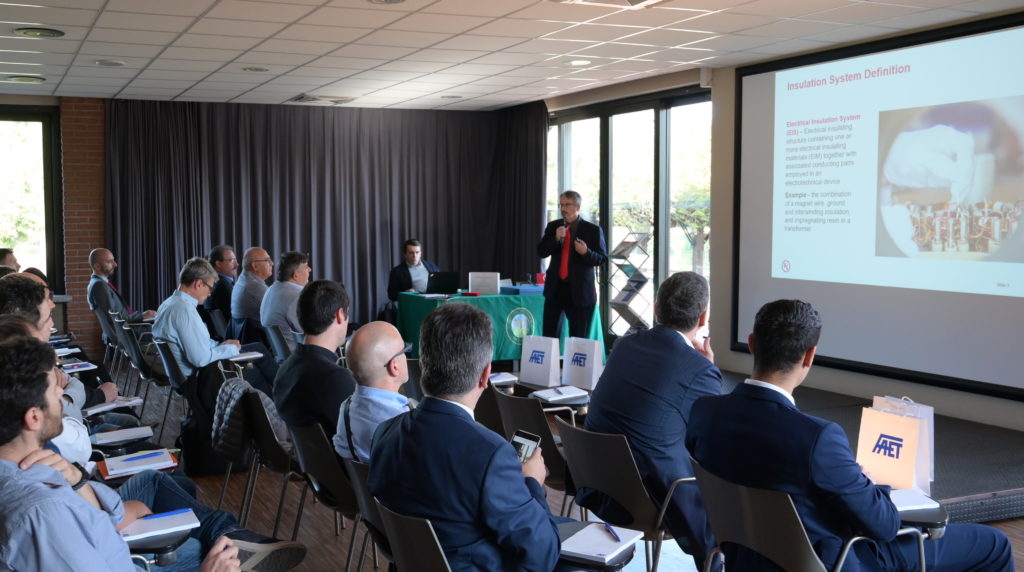
Spotlights were cast on the new FAET laboratory, on Third Party Test Data Program and on all related advantages for sector players, an ambit that is calling for higher and higher performances. As DuPont perfectly knows, company that during the meeting reported various case histories (by Roger C. Wicks, Global Technical Marketing Manager), as well as UL that, through the speech by the American Mark Raymond, one of the major experts in insulation systems in the world, illustrated the highlights of the specific Sealed Tube Chemical Compatibility Testing.
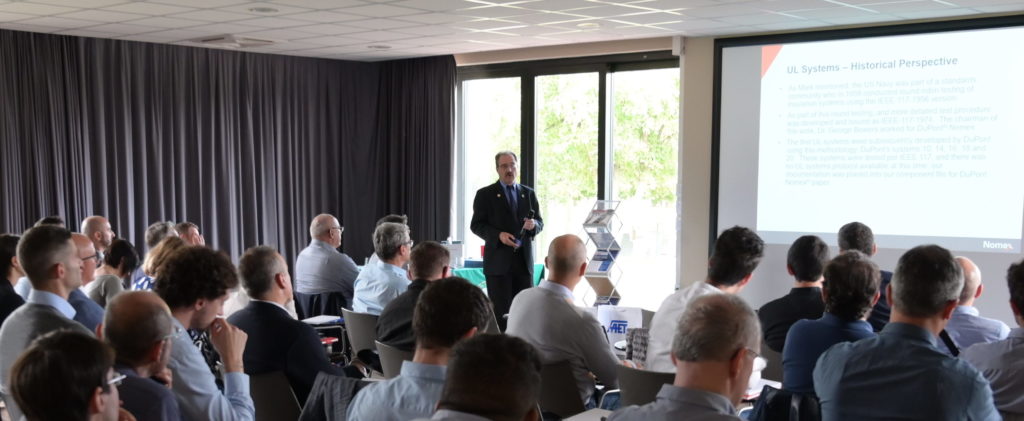
Since today, in the up-to-date structure at Rozzano (Mi), FAET can in fact test whether the mix of the various components inside the insulation system is appropriate and then it can achieve the UL certification.
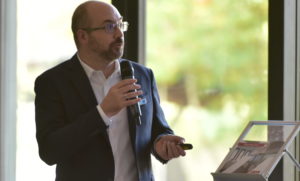
The details of the accomplishment of this important partnership were finally explained by Silvio Cattinzoli, Quality System & Technical Manager of FAET, who underlined how it is strategic to supply, in the whole Mediterranean basin, an added-value service to customers that so benefit from not being compelled to directly interfacing with UL.
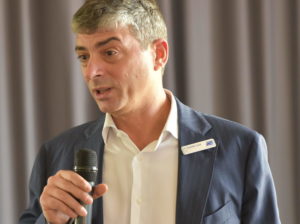
«We are speeding up an important phase for FAET and UL, in the name of insulation systems’ safety. We hope this workshop is the first of a long series because companies increasingly need information, dialogue and aggregation» – the Ceo and owner of FAET, Gabriele Guidi, stated at the event start.
Electric cruise motors under testing for NASA’s first all-electric X-plane
An important step forward for the X-57 Maxwell, NASA’s first all-electric X-plane.
Several rounds of tests, high power, and endurance testing are undertaken at Empirical Systems Aerospace, or ESAero, of San Luis Obispo – California, to verify that the electric cruise motors are ready before they are installed in the X-57 vehicle itself.
X-57, modified from a Tecnam P2006T airplane, is currently in its first of three configurations as an all-electric aircraft, called Modification II, or Mod II.
Only at last phase 12 smaller high-lift motors along the wing’s leading edge will be ready to be activated during takeoff and landing.
All three mods of X-57 will utilize the same cruise motors and these verification and validation steps are to reduce risks and increase the safety and reliability of the components on the vehicle.
The results from cruise motor functionality acceptance and qualification tests will help in the effort to set airworthiness standards for electric aircraft.
Testing of electric vehicles: the new centre of Emitech Group
Emitech Group has just bought the French technical centre of Vitesco Technologies situated in Osny town. This new test centre enhances testing performances of Emitech Group, especially the validation of all vehicle technologies and more specifically of its powertrain group.
With an electric power of 2×800 kVA, a laboratory environment taking up over 1000 sq. m. and an overall area of 6000 sq. m., Osny site is an ideal base for the development of batteries and electric motor activities inside the Group.
The structures host 3 test benches of motors, climatic chamber, roll test bench. This acquisition represents a starting point in the forefront testing course: Emitech Group is investing several million Euros to assure the development of testing structures to test batteries, electric motors and their electronic control systems, as well as hydrogen power supply technologies.
All these competences and the long expertise gained essentially address the automotive industry but they extend to all road vehicles, as well as railway, maritime, energy and aeronautical sectors.
The aero-taxi by AutoFlight has passed the first transition test
Great success for the first recent transition flight test of Prosperity aero-taxi with vertical take-off by the Chinese company AutoFlight, which has risen to an altitude of 150 metres, reaching a maximum speed of 198 km/h. A transition occurs when a plane moves from a vertical to a horizontal motion and it is one of the most committing parts for an eVTOL.
The vertical test flight of the Prosperity I concept has needed eight rotors to lift the 1,500 kg of the electric aircraft into the air. Once the plane has reached an altitude of 150 metres and the relative speed of 160-170 km/h, the fixed-wing part of the eVTOL has generated a lift. In this stage, Prosperity I has entered the transition phase: top rotors have stopped turning and are blocked in an aerodynamic position whereas rear propellers have pushed the aircraft forward as a conventional fixed-wing aircraft.
However, let us go back to the plane: Prosperity I is an innovative eVTOL with declared autonomy of 250 km at a maximum cruise speed of 200 km/h. The design is lift & cruise, with the passenger pod surmounted by a pair of big wings, equipped with long propulsion pods.
AutoFlight hopes to obtain the certification with both the Chinese CAAC and with the European EASA within 2025 to perform the function it has been designed for: short transfers among city zones, transfers to the airport and connections between two neighbouring cities, so avoiding the road traffic. It is estimated that a travel taking hours by car will be reduced to about 10 minutes with eVTOL, without being less safe or more expensive than a taxi ride.
Testing facilities: innovation in UK
MAHLE Powertrain has announced the completion of two new facilities in Northampton, the result of a £15m (US$18m) investment over the last five years.
The purpose-built facilities allow MAHLE Powertrain to support customers with the development of decarbonized propulsion technologies, with a focus on mobility, safe testing of vehicles, batteries, and hydrogen technologies under extreme simulated environmental conditions.
The center was declared open for business by Andrew Lewer, MP for Northampton South.
«We’re extremely proud of our new test facilities which complement our end-to-end development process – said Simon Reader, MAHLE Powertrain’s managing director – As the industry accelerates the development of a new generation of vehicles that will offer carbon-neutral solutions for the transport sector, it creates a huge demand for testing facilities. Our new center has been designed with both battery and future-fuelled vehicles in mind and provides a spread of capabilities that is almost unique anywhere in the world».
The new Vehicle Development Centre (VDC) allows manufacturers to test both two and four-wheel-drive vehicles in a variety of conditions and circumstances, without international travel. The facility can replicate the conditions of arctic climates, deserts, tropical rainforests and mountainous regions. The facility also supports the testing of hydrogen-fuelled technologies by monitoring and safely venting any escaping gases.
Andrew Lewer, MP for Northampton South, said: «I’m delighted to be able to declare this important new facility open for business. MAHLE Powertrain’s investment recognizes the huge wealth of engineering talent in this country, and this region in particular – a stone’s throw from the heart of British motorsport – with 160 skilled technicians and engineers already employed at the site».




